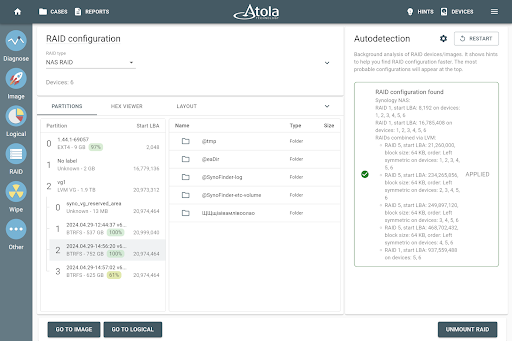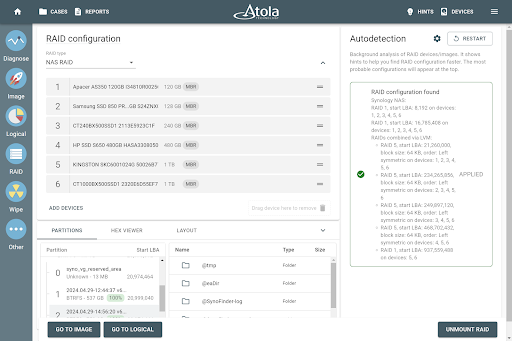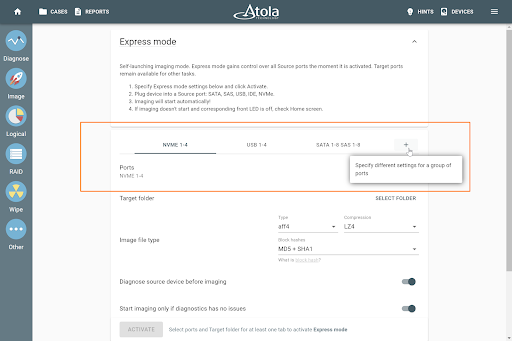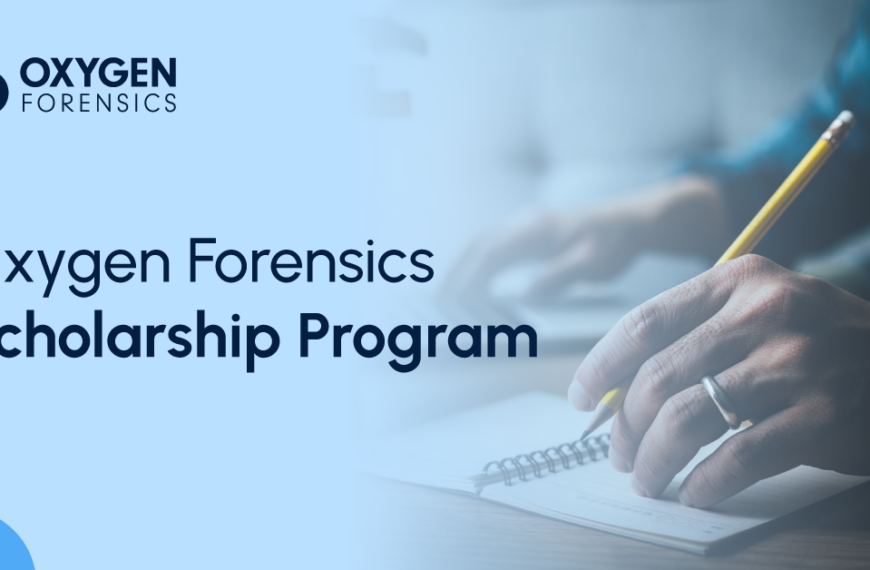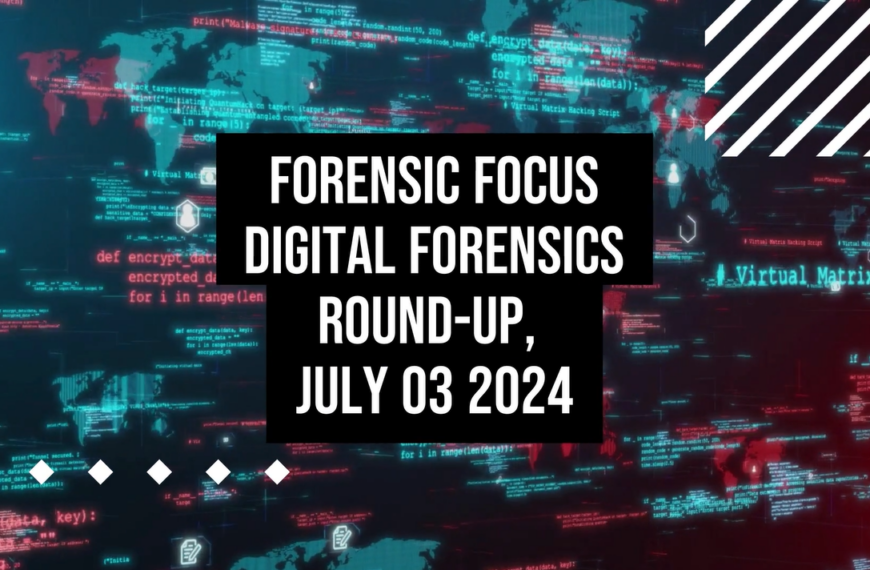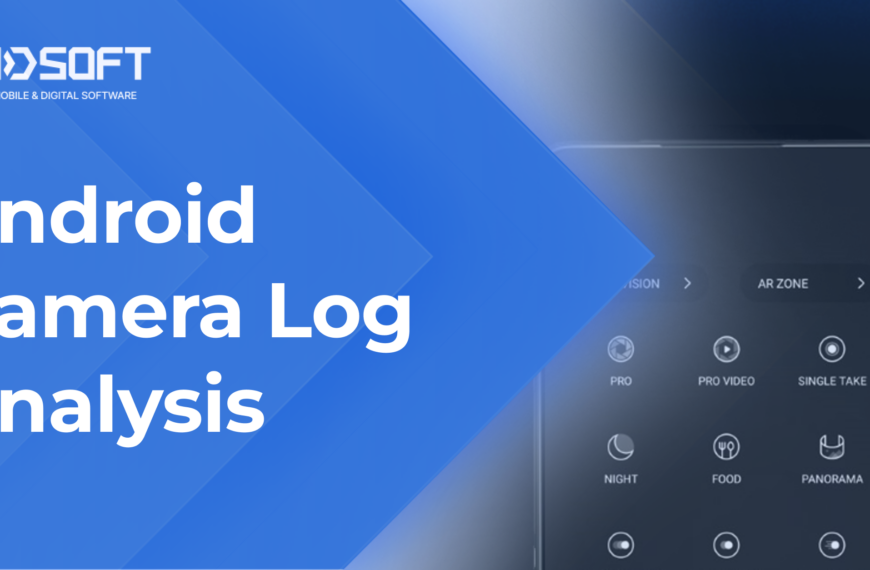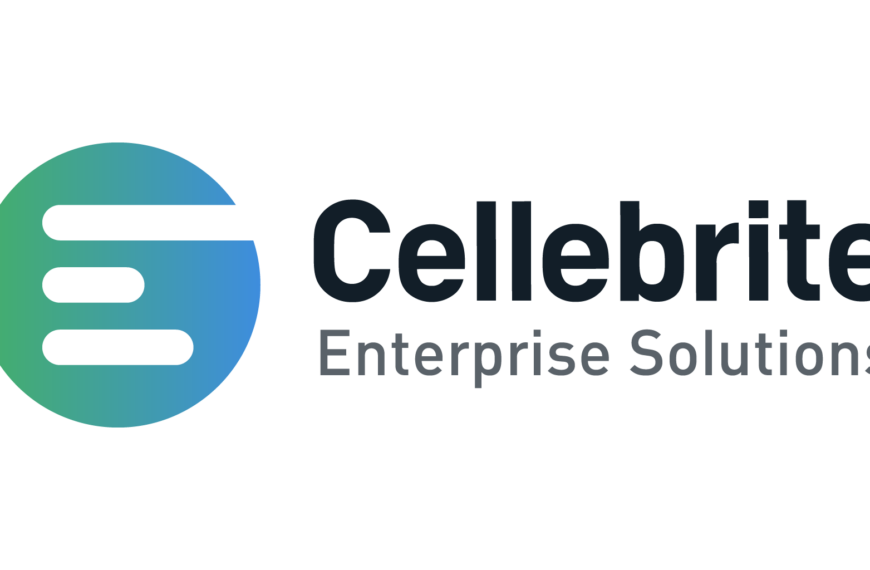With the latest firmware update, Atola Technology enables automatic reassembly and imaging of Synology NAS RAIDs in its flagship TaskForce and TaskForce 2 forensic hardware imagers.
Firmware update 2024.6 introduces an improved RAID module that supports Synology NAS systems, Btrfs, and LVM (Logical Volume Manager). It also brings a wide range of other new features, such as the ability to group ports in Express mode and assign different imaging settings for each group.
“We’re thrilled to announce the biggest software release for TaskForces ever, packed with a record-breaking number of new features,” says Vitaliy Mokosiy, CTO at Atola Technology. “Among all the improvements and tweaks we’ve prepared for you in this update, I’d like to mention three major ones: system-wide support for Synology NAS, port groups in Express mode, and offline contextual help.”
Automatic Reassembly and Imaging of Synology NAS RAIDs
TaskForce forensic imagers now offer system-wide support for Synology Network Attached Storage, including SHR RAID management system, Btrfs storage format, and Logical Volume Manager (LVM), which are widely used on Synology devices.
Forensic experts can now automatically reassemble Synology NAS RAIDs and then create full bit-by-bit copies or image only selected partitions, folders, and files to save time and storage space.
TaskForce’s Autodetection module provides detailed information about all the RAID arrays that constitute a particular Synology storage pool.
Enhanced RAID Module
- Start LBA for RAID autodetection: if the experts know that members of the array have a particular disk offset, they can specify that parameter in the Autodetection module. This way, autodetection can find a suitable RAID configuration faster.
- Schematic RAID representation: the new Layout tab on the RAID configuration screen shows a clear schematic representation of the selected RAID type.
- Clearer view of the RAID parameters and contents thanks to the expandable/collapsable areas on the RAID configuration screen.
Port Groups With Different Settings in Express Mode
To streamline forensic acquisition workflow, TaskForce in Express mode starts the imaging process with predefined settings automatically once an examiner connects a drive. But what if a forensic lab deals with different types of drives that require different approaches?
With the new update, it is possible to combine any number of TaskForce ports into a custom group with specific imaging parameters for Express mode:
- Where to save an image file
- Which image file format to use
- Which type of hash to calculate
- Whether to diagnose source device before imaging
- And more
For example, to balance reading and writing speeds, users can image new NVMe drives to a faster server and older/smaller SATA drives to a slower storage device. Or image healthy drives to the “Good” folder and faulty ones to the “Bad” folder to treat them differently later.
New Web API Commands and Features
Web API is used to link TaskForce imaging system to DFIR software that performs evidence analysis and reporting. Some of your customers do not even use the graphical UI preferring to integrate TaskForce into their automated workflows. According to their requests, we have added the following API capabilities:
- Login as user with the new POST call /login, which validates user credentials from HTTP request body.
- Diagnose a drive with the new GET call /diagnose.
- Use API when the user management system is activated to separate tasks started by different persons.
Contextual Tips and Guides on How to Use TaskForce
To provide instant help and step-by-step guidance, TaskForce has divided the offline manual into chunks so that forensic examiners can open only those articles that are relevant to their work.
Many page headers in the TaskForce interface are now links to the articles, and this built-in contextual help system is fully available offline.
In addition, helpful hints pop up after the user performs various actions.
About Atola TaskForce
Atola TaskForce is a high-performance forensic hardware imager with 18 ports, capable of running 12+ parallel imaging, hashing, or wiping sessions at 15 TB/hour cumulative speed. Atola TaskForce supports automated RAID reassembly and imaging with a missing device, has Express mode for time-saving self-launching imaging, and provides Web API for automating forensic data acquisition workflow.
About Atola TaskForce 2
Atola TaskForce 2 is a new version of the TaskForce forensic imager, designed primarily for in-lab usage. The new device has 26 ports, including four M.2 NVMe ports, and can image 25+ drives simultaneously, even the damaged ones, reaching 25 TB/hour cumulative speed. TaskForce 2 has all the features of TaskForce, including RAID and damaged drives support, Express mode, and Web API for workflow automation.
About Atola Technology
Atola Technology is an innovative company based in the Vancouver area, Canada, specializing in creating forensic imaging hardware tools for the global forensic market.
Atola’s engineers – including its founder and CEO Dmitry Postrigan – have strong expertise in storage media and data recovery, and focus on creating highly efficient and user-friendly forensic imagers.

